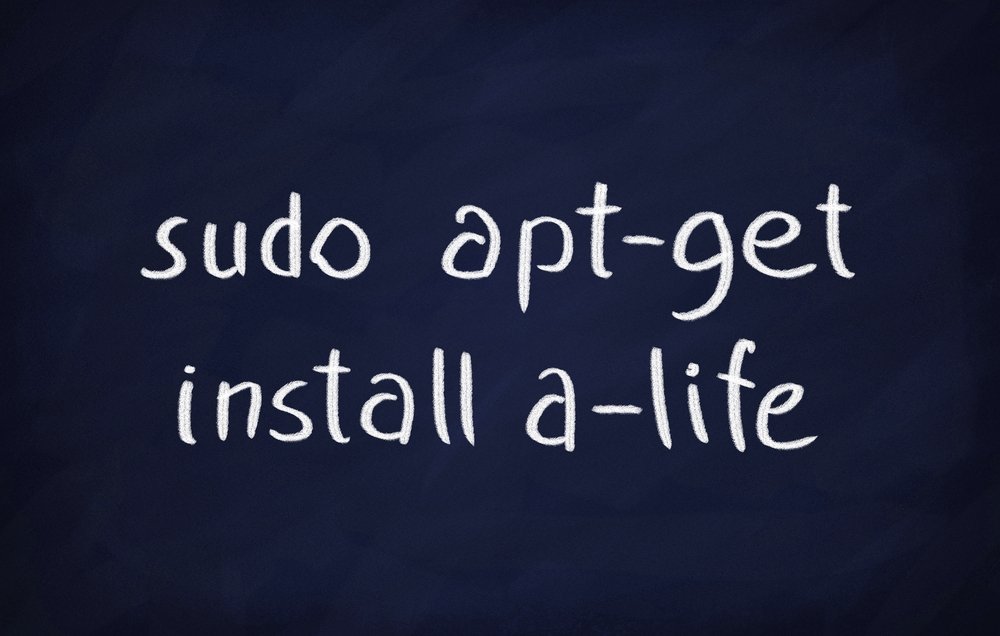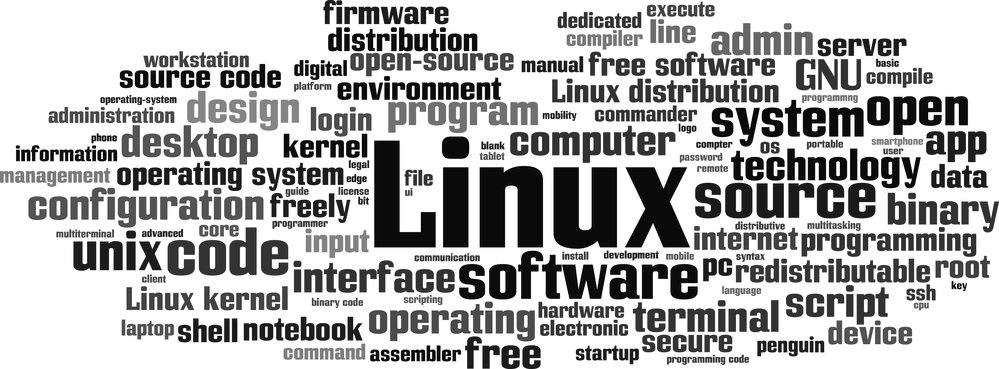Let us formulate a truth that is universally recognized: all operating systems suck. Some of them are just less crap than others.
When it comes to Linux the truth is that there is so much to choose from and of course it is impossible to know which one to try. So, we thought we'd simplify things a bit, stating how and in what ways your different options in Linux operating system suck. Yes, we will not deal with the Microsoft operating system at all.

It would be an incredibly long list to write about all the Linux distributions on the market, as Distrowatch currently lists 270.
If you're interested in a comparison like this, you probably do not already have a favorite operating system.
1. Microscopic distributions. All of them.
Avoid all specialized efforts. First, they are small projects. Not many people use them, so it will be difficult to find people to ask for help. Second, third-party hardware and software probably won't work, and if you ask for help from a vendor (game or graphics card or printer), they probably haven't heard of the Ultimate SuperLinuxOS Pi version. Just do not do it. Select from the mainstream.
2. ChromeOS Flex
ChromeOS only runs on ChromeBook and ChromeBox, but they surpassed Mac sales shortly before the pandemic.
"Flex" is the version for ordinary computers, which was probably named so because Google earned 1,5 trillion dollars from it.
ChromeOS Flex works great because it only does one thing: browse the web. You cannot install applications, not even Android: only the official kit can do this.
But you can run Debian containers: if you know what that means, use Debian itself. If you do not know what this means, trust us and proceed with another distribution.
3. Ubuntu
"Ubuntu is an ancient African word meaning I can not configure Debian." Just kidding (*)…
Ubuntu started as an attempt to displace Windows from the number one consumer OS by building a Linux that was easier to install and run. It worked. So Microsoft threatened to sue because it looked a bit like Windows optically. So the Ubuntu developers decided that if they could not make it look like Windows, it would look like Mac OS X. Then they went back to GNOME.
Ubuntu's motto is "Linux for human beings", which describes the primary purpose - to make a Linux distribution easier to use than any other.
Ubuntu is an obvious choice, but it does not just focus on "people" because the real money comes from the servers. Distribution uses Snap, a universal form of application packaging that no other distribution uses. It works, but it consumes disk space and makes booting slower.
4. Linux Mint
Mint is a remix of Ubuntu with embellishments. Lots of embellishments that might excite novice users, but will stress out advanced users. When Ubuntu came out as a Mac, he saw his chance and took it – along with the top spot in the charts. It dropped some of Ubuntu's packages, such as GNOME and Snaps, but replaced them with their own packages. It comes with not one, not two, but three desktop with Windows-like environments.
5. Debian
Debian is the father of free distribution and distribution who invented the idea of a packaging tool that automatically installs every kit. It's easier than it used to be, but immersed in the politics of the developer team.

It's a bit like Ubuntu, but more obsolete, more difficult to install and with fewer drivers. If this sounds good to you, proceed with the installation. You need to have the necessary skills.
6.Fedora
Red Hat has made billions by moving from a free distribution to selling an extremely boring corporate server. This upset the freeloaders. Fedora is the bone that Red Hat threw at them. It has matured into something comparable to Ubuntu, but without the stable versions. You should upgrade twice a year, unless you postpone it.
7. openSUSE
The company is six months older than Red Hat. SUSE is another seller of expensive business distributions. Its innovative solution to the issue of volatile versions of Fedora is the existence of two different distributions.
One is "Leap", synchronized with the paid SUSE Linux Enterprise, which means it has a painfully slow release cycle. The other is "Tumbleweed", which uses a rolling update model, which means you will have the "exciting" ability to change every day.
To compensate, it uses Btrfs and snapshots to facilitate the restoration of updates. But the package manager is not aware of snapshots or the famous Btrfs failure to tell you how much free space you have.
SUSE and KDE are both German productand was actually the best distribution for KDE. Demonstrating its deep understanding of the Linux world, Novell bought SUSE, then bought GNOME vendor Ximian, then forced them into an arranged marriage. Now SLE doesn't even offer KDE as an option.
8. RHEL spin-off
IBM subsidiary Red Hat remains the giant of the Linux world, but like Saturn it eats its children. So he bought it CentOS and then killed it, like it did with CoreOS.
But this led to a state of mountain water: the more heads it cuts, the more it grows. If Fedora is an alpha version of RHEL, CentOS Stream is a beta.
But now there is Rocky Linux and AlmaLinux, which are also based on RHEL if you can not afford IBM distribution. And there is the Oracle distribution if you think it looks more reliable than Red Hat.
For your laptop, choose something else, especially if you are a beginner.
9. Pop! _OS
Pop! _OS is undoubtedly one of the most interesting remixes of Ubuntu. If you want to install it on a brand new computer do not try to double boot.
10. ArchLinux
We finally get to the 10th entry on our list, because the people of Unix are demanding.
As one of the most authentic rolling stock distributions, Arch is the epitome of move fast and break things.
Great if you are a hobbyist or gamer, not so good if you are a beginner, or thinking of using it in your work. This is also true for its offspring such as EndeavourOS, Manjaro and Garuda.
Conclusion

There are a lot of notable distributions that do not exist in the list above.
The world of free software was created because many people have very strong feelings about the right way to do things. This results in a strong sense of community, but also fundamentally opposing factions, such as the Debianistas against the Hatters.
There are many other distributions with perfectly valid reasons for existence.
Finally, it should be noted that everyone is right, and all distributions serve a purpose, that which was created.
______________________
* Beyond the jokes, Ubuntu is a word in the Nguni language (Ndebele, Xhosa, Zulu) that is philosophically broader in South Africa. It has to do with respect, kindness and generosity in a community.
The idea is that only through social interactions with other people are you human: "umuntu ngumuntu ngabantu" - "I am because you are".





